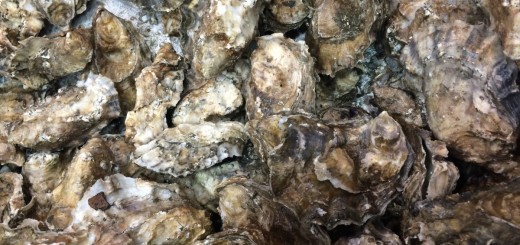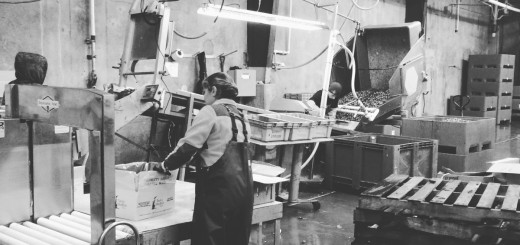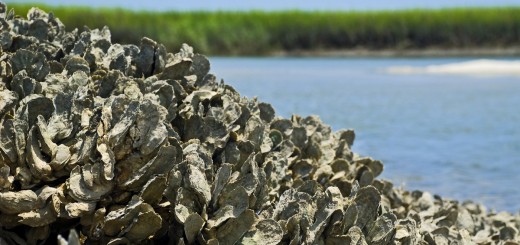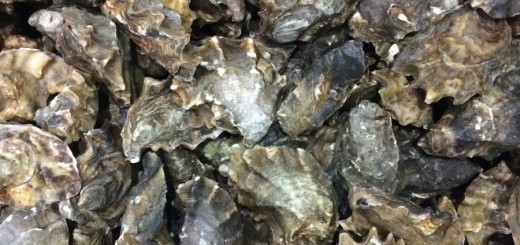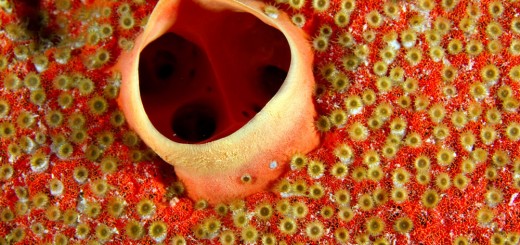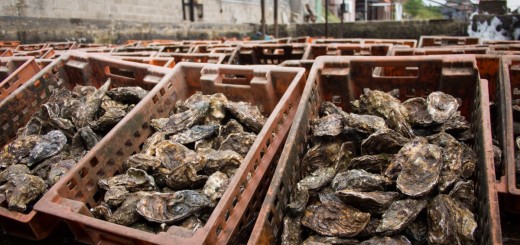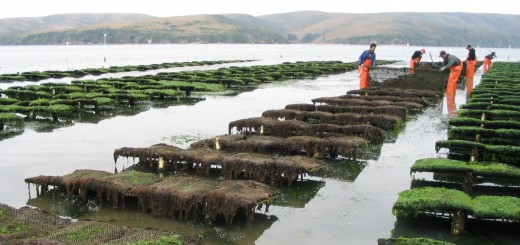Productivity of the Industry
The productivity of oyster production has been observed and measured only in recent decades. Average physical product of labor, or APL, data is one method of collecting and waging the industry’s productivity. This data is...
